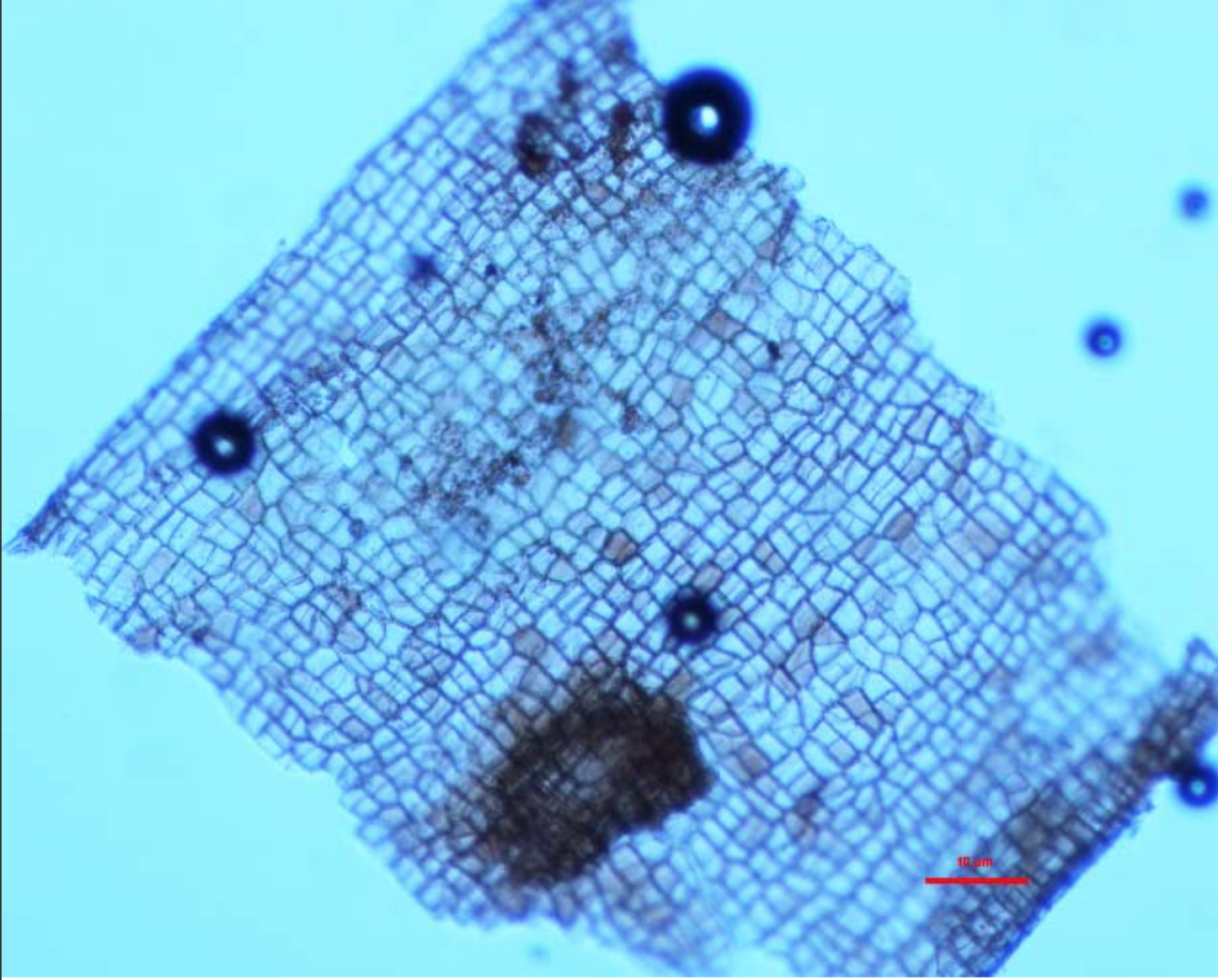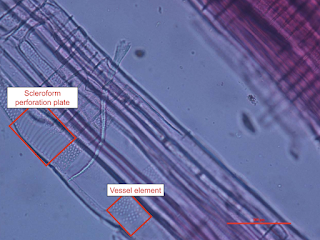by Nick Alex, Lauren Frankel, and Sean Wright
Imagine Grinnell, Iowa 29,000 years before the present (ybp). Instead of seas of corn and soybeans as far as the eye can see, the landscape was comprised of spruce forests and patches of sedge wetlands. While this may sound more like the current day wilderness of Alaska or Canada, cycles of glaciation brought boreal forests south to Iowa. Particularly, the maximum glacial extent in Iowa came from the Des Moines lobe of the Laurentide ice sheet, which covered the north-central region of the state approximately 13,800 ybp (Clayton and Moran 1981). This period of glacial advance followed a spell of minor warming and glacial retreat from 27,000-30,000 ybp (Dyke et al. 2002). Where Grinnell College stands today, about 29,000 ybp one such sedge wetland accumulated plant material in the water only to be uncovered thousands of years later...
Fast forward to the spring of 1960. Grinnell College was undergoing a very familiar process to us: campus construction. The college was building a new fine arts building, the Roberts Theatre. As the Grinnell College students who had the esteemed privilege of witnessing the serene and peaceful Alumni Recitation Hall property get turned into a muddy hole in preparation for the construction of the new Humanities and Social Sciences building know, campus construction has a way of exposing history that has not been seen in ages to the open air (take the Peace Rock for example). This is exactly what happened when the construction of Roberts Theater exposed a deep and extensive peat deposit, tentatively estimated to be 29,000 years old. About 5 meters below surface level, lay a peat deposit, holding the key to understanding the biota of this region prior to anthropogenic alterations to the environment. Peat is a mixture of partially decomposed plant material that has accumulated in a water-saturated environment in the absence of oxygen. In these environments, the greatest plant material accumulates where the temperature is high enough for plants to grow but too low for large amounts of microbial degradation. Peat samples are of particular interest of geologists and palynologists who use the deposits to provide both direct and indirect evidence of interglacial climate and biota.
Picture of the exposed peat during the construction of Roberts Theatre in 1960 (Graham 1962).
To examine the peat, we had to decide on a method for first picking apart the portions of peat we were working with, and then further breaking it down to search for macrofossils under dissecting microscopes. The original piece of peat (colloquially called Pete) that we started with was broken down using a rock hammer and a smaller pick in order to split the peat apart and decide pieces that were to undergo further analysis. Once the large pieces of wood were split off and given to the wood group, we placed the smaller pieces of peat into zip sealed bags, eventually to be further broken down in water or potassium hydroxide (KOH) solution and screened through mesh sieves to search for macrofossils under compound microscopes (Faegri et al. 1989, Baker 1996). Once potential macrofossils were found and separated, we placed them on slides for microscopy imaging analysis. We then compared the microscopy images of our macrofossils to previously published and identified macrofossil assemblages.
Left: our potential Scheuchzeria palustris rhizome epidermis tissue. Right: Scheuchzeria palustris flowering in the Netherlands (picture from Wikipedia user Bertblok).
We found many macrofossils with an array of rectangular cells about 600 microns long but lacked any indication of stomata, expressed by doughnut-shaped pores used during photosynthesis, leading us to believe this plant tissue was not photosynthesizing. After comparing to Mauquoy & Van Geel 2007, we concluded they were instead rhizome (horizontally growing, underground stem) epidermis from Scheuchzeria palustris, a plant typical of bog and fen waters. At a much lower abundance than S. palustris, we also found plant tissues that displayed some similarity to Betula fusca leaf tissue. However, this sample lacked stomata, as well, and thus were probably stem or root tissue.

These findings lead us to believe that the landscape of Grinnell ~29,000 years ago contained sedge wetlands, the kind of ecosystem conducive to the growth of S. palustris. Sedge wetlands seem like a far cry from the current expansive agricultural operations of corn and soybeans, and grasslands that we see driving around Iowa today. Despite our lack of evidence for a spruce forest, there may have been patches of coniferous forests interspersed with sedge wetlands similar to the composition of Kearney, Nebraska, about 600 km away and also near the southern edge of the Laurentide ice sheet, about 23,000 ybp (Dillon et al. 2018). In the future, an increased reference collection would be of great use to compare macrofossil and wood samples produced from the peat to better understand the paleoenvironment of Grinnell.
Unidentified stem or root tissue isolated from the Grinnell peat.
These findings lead us to believe that the landscape of Grinnell ~29,000 years ago contained sedge wetlands, the kind of ecosystem conducive to the growth of S. palustris. Sedge wetlands seem like a far cry from the current expansive agricultural operations of corn and soybeans, and grasslands that we see driving around Iowa today. Despite our lack of evidence for a spruce forest, there may have been patches of coniferous forests interspersed with sedge wetlands similar to the composition of Kearney, Nebraska, about 600 km away and also near the southern edge of the Laurentide ice sheet, about 23,000 ybp (Dillon et al. 2018). In the future, an increased reference collection would be of great use to compare macrofossil and wood samples produced from the peat to better understand the paleoenvironment of Grinnell.
Works Cited
Baker, R. G., Bettis III, E. A., Schwert, D. P., Horton, D. G., Chumbley, C. A., Gonzalez, L. A., & Reagan, M. K. (1996). Holocene paleoenvironments of northeast Iowa. Ecological Monographs, 66(2), 203-234.
Clayton, L., & Moran, S. R. (1982). Chronology of late Wisconsinan glaciation in middle North America. Quaternary Science Reviews, 1(1), 55-82.
Dillon, J. S., Stolze, S., & Larsen, A. K. (2018). Late Pleistocene Pollen and Plant Macrofossils from a Buried Wetland Deposit in the Platte River Valley, South-Central Nebraska. Great Plains Research, 28(2), 173-183.
Dyke, A. S., Andrews, J. T., Clark, P. U., England, J. H., Miller, G. H., Shaw, J., & Veillette, J. J. (2002). The Laurentide and Innuitian ice sheets during the last glacial maximum. Quaternary Science Reviews, 21(1), 9-31.
Faegri, K., Kaland, P. E., & Krzywinski, K. (1989). Textbook of pollen analysis (No. Ed. 4). John Wiley & Sons Ltd.
Graham Jr, B. F. (1962). A post-Kansan peat at Grinnell, Iowa: a preliminary report. In Proceedings of the Iowa Academy of Science (Vol. 69, No. 1, pp. 39-44).
Mauquoy, D., & Van Geel, B. (2007). Plant macrofossil methods and studies: mire and peat macros. In Encyclopedia of quaternary science. Elsevier Science.





